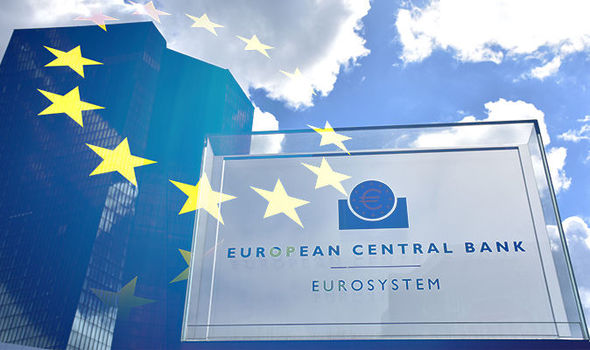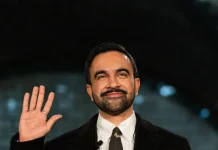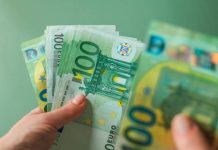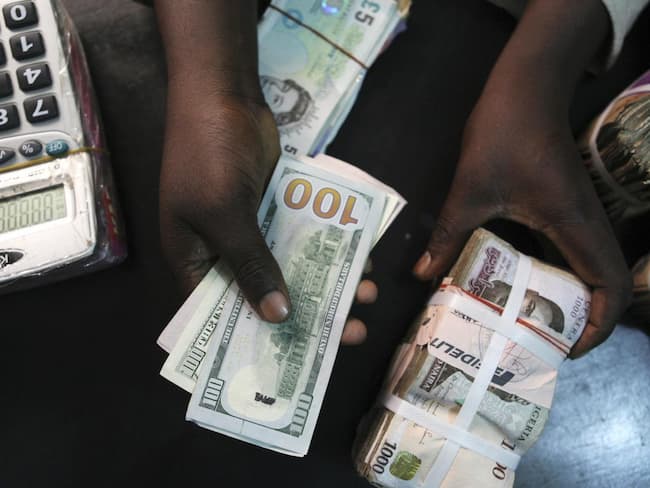The European Central Bank (ECB) pushed out the timing of its first post-crisis rate hike until 2020 at the earliest and offered banks new rounds of multi-year loans in a bid to revive the currency bloc’s slowing economy, it said on Thursday.
The bolder-than-expected move showed ECB was having to revisit plans to dial back its unprecedented stimulus measures as a global trade war, Brexit uncertainty and simmering debt concerns in Italy take their toll on a fragile euro zone.
While investors had long stopped pricing in an ECB rate hike this year, few were expecting the bank to change its policy message, causing yields on government bonds and the euro to fall after the announcement.
“The Governing Council now expects the key ECB interest rates to remain at their present levels at least through the end of 2019, and in any case for as long as necessary,” the ECB said in a statement.”
It had previously said rates would remain at their record low levels through the summer.
In addition, the ECB launched a third Targeted Long-Term Refinancing Operation (TLTRO III) consisting of two-year loans partly aimed at helping banks roll over 720 billion euros in existing TLTRO and avoid a credit squeeze that could exacerbate the current economic slowdown.
Commercial banks have indeed already started restricting credit in the face of falling industrial output and exports, threatening to reinforce the slowdown.
As reported by Reuters, the new loans will carry a floating rate tied to the ECB’s main refinancing operation, currently set at zero.
“Like the outstanding TLTRO program, TLTRO-III will feature built-in incentives for credit conditions to remain favorable,” the ECB said.
U-TURN
Thursday’s announcement comes four years to the month since the ECB launched an unprecedented asset purchase program known as quantitative easing (QE) to prevent sub-zero inflation from further hitting an economy still reeling from the euro zone debt crisis.
In total it spent some 2.6 trillion euros ($2.94 trillion) buying up mostly government but also corporate debt, asset-backed securities and covered bonds — at a pace of 1.3 million euros a minute.
The ECB’s move to extend the horizon for steady rates was likely to be perceived as a policy reversal for the central bank that only ended its bond-buying program in December and has signaled an interest rate hike for later this year.
“A sign of panic or an attempt to get ahead of the curve?,” ING economist Carsten Brzeski wrote in a note to clients. “The European Central Bank surprised almost everyone.”
At his post-meeting news conference, ECB President Mario Draghi will read out new economic projections for the next three years, which are expected to show inflation holding well short of the ECB’s target of almost 2 percent, implying further stimulus may be needed.
Central banks around the world are reversing course, led by the U.S. Federal Reserve, which has signaled a pause in rate hikes and said it will stop shrinking its balance sheet.
That leaves the ECB with the familiar role of having to prop up sentiment in the 19-country euro zone, where growth is sub-par and export-driven and there is little room for government spending.
But much of the slowdown is imported and thus outside the ECB’s control. It also has a limited policy arsenal given years of stimulus and rates still deep in negative territory.
“While the ECB still has some ammunition left, its arsenal lacks ‘easy’, cost-free options,” BNP Paribas said in a note to clients earlier this week.













